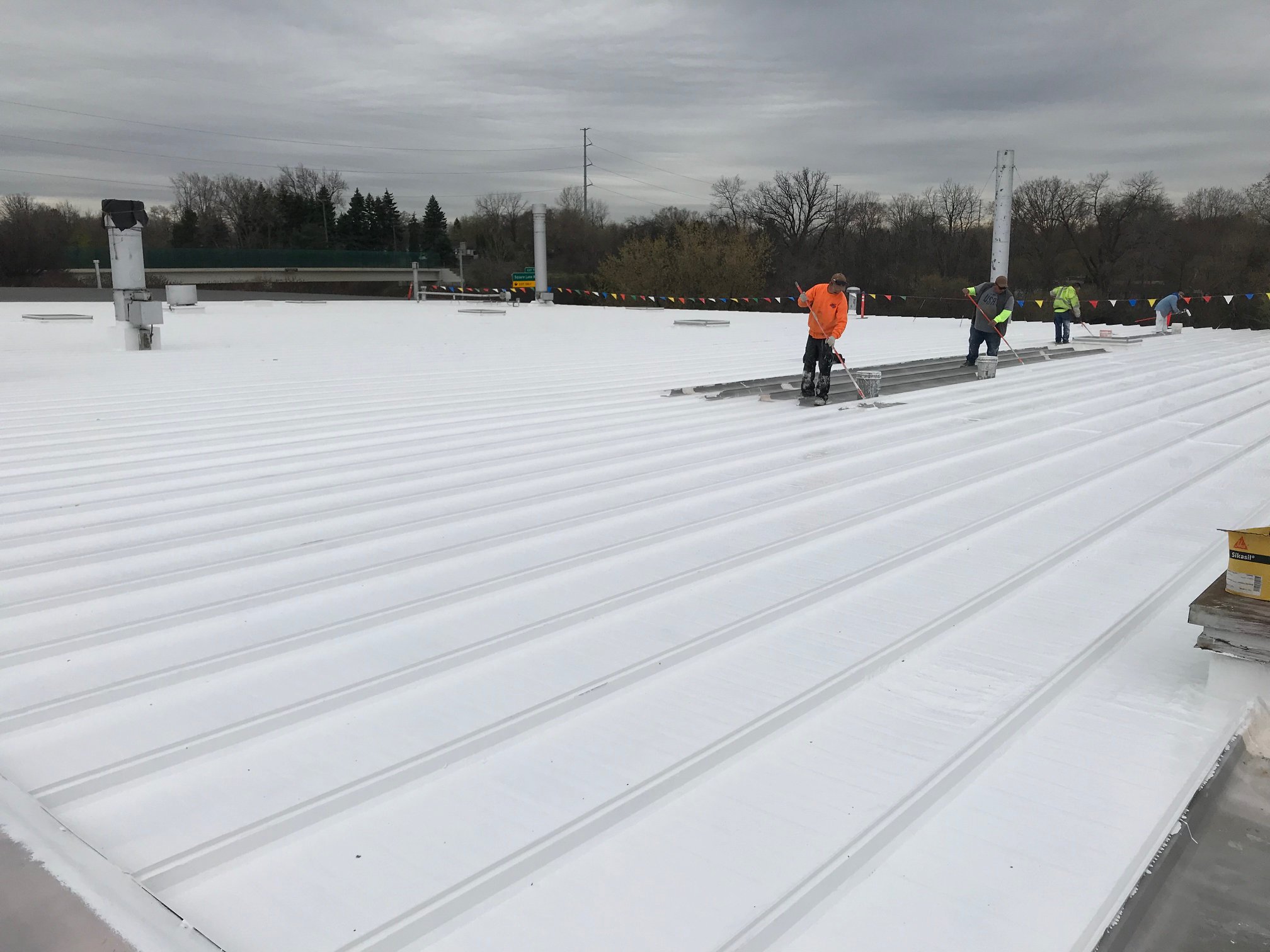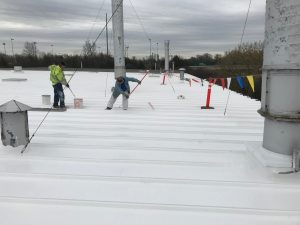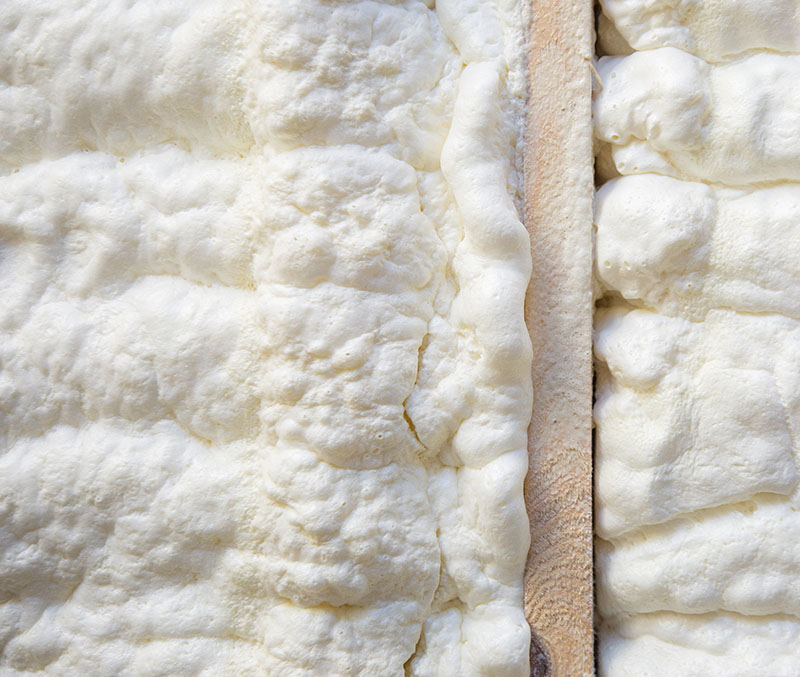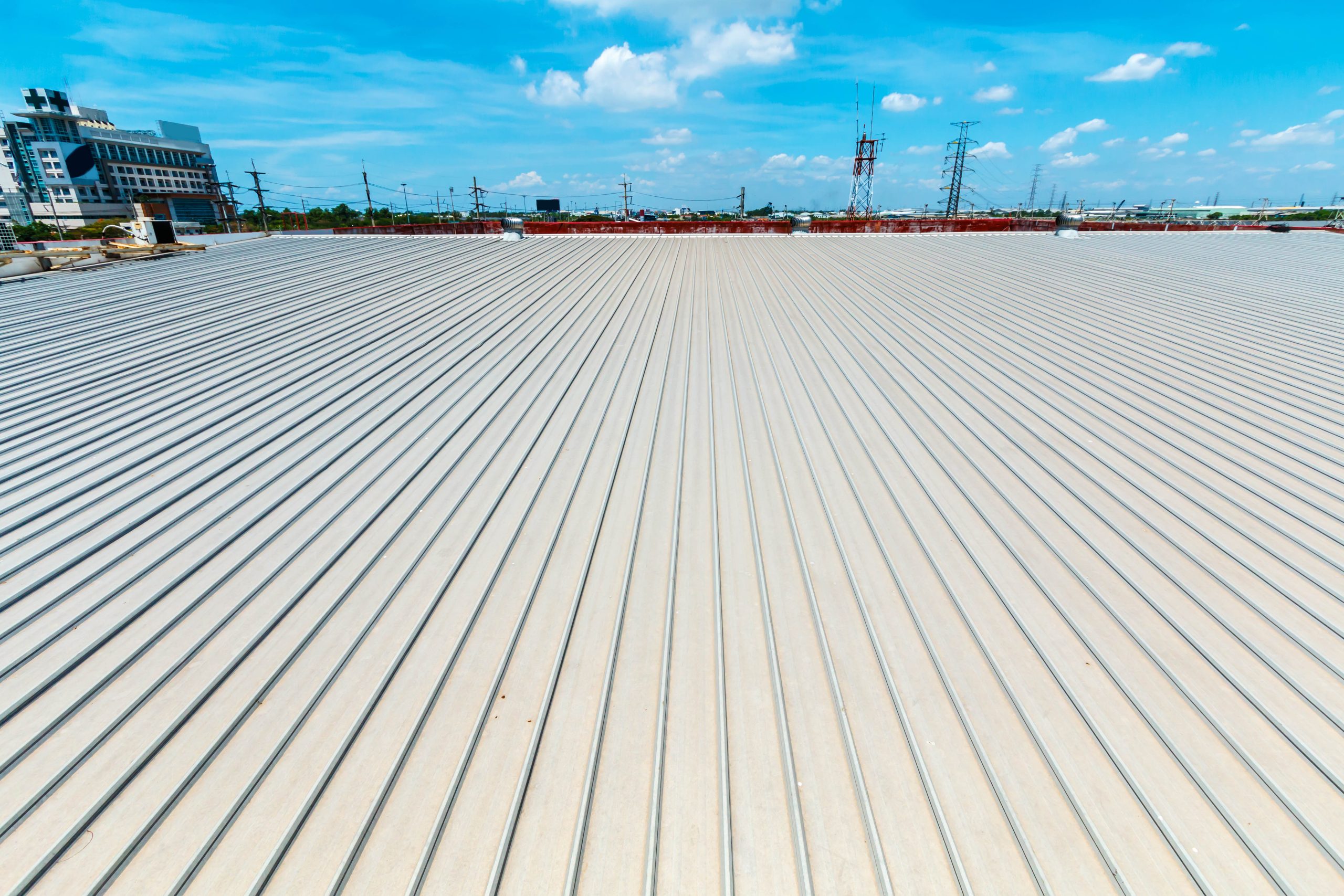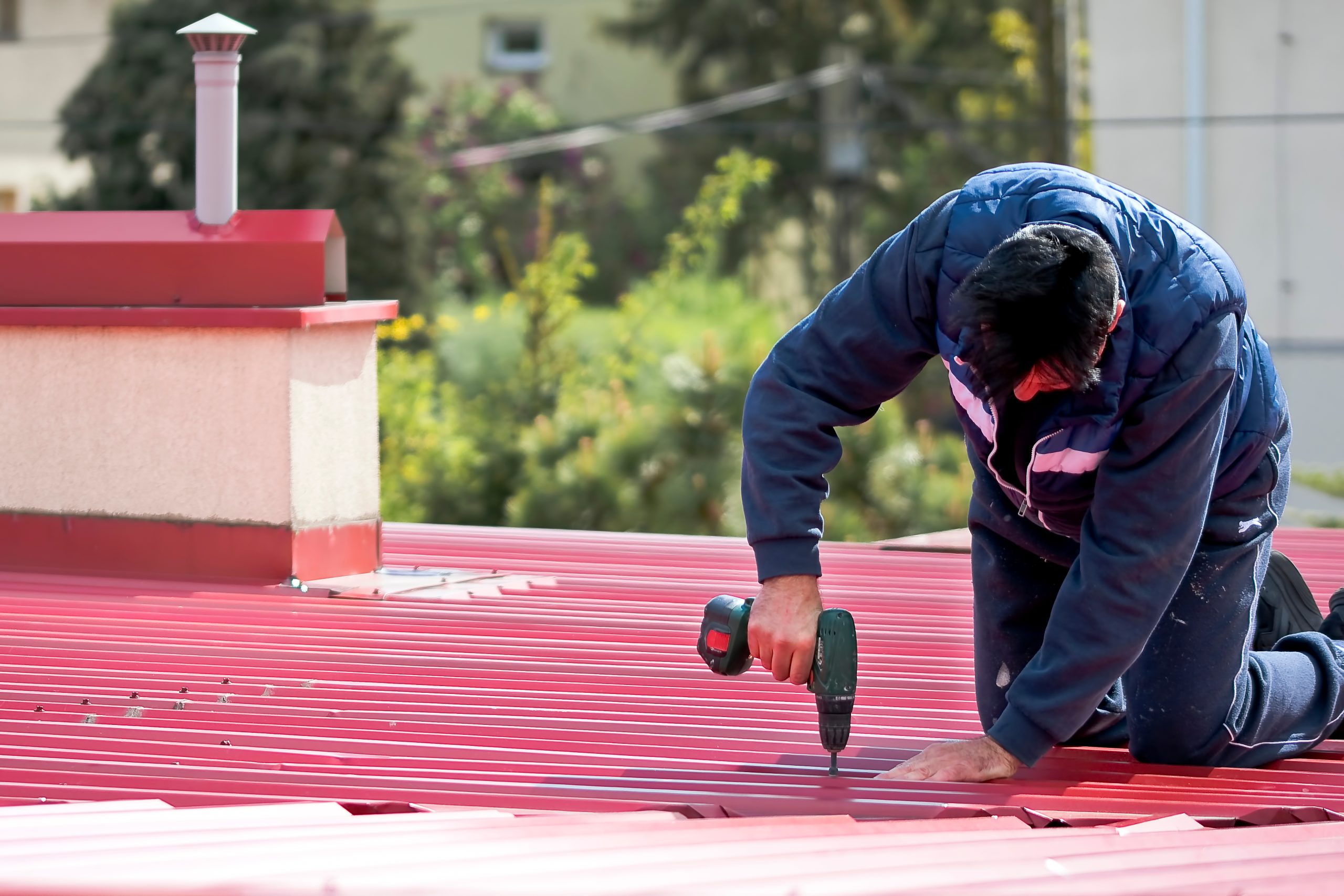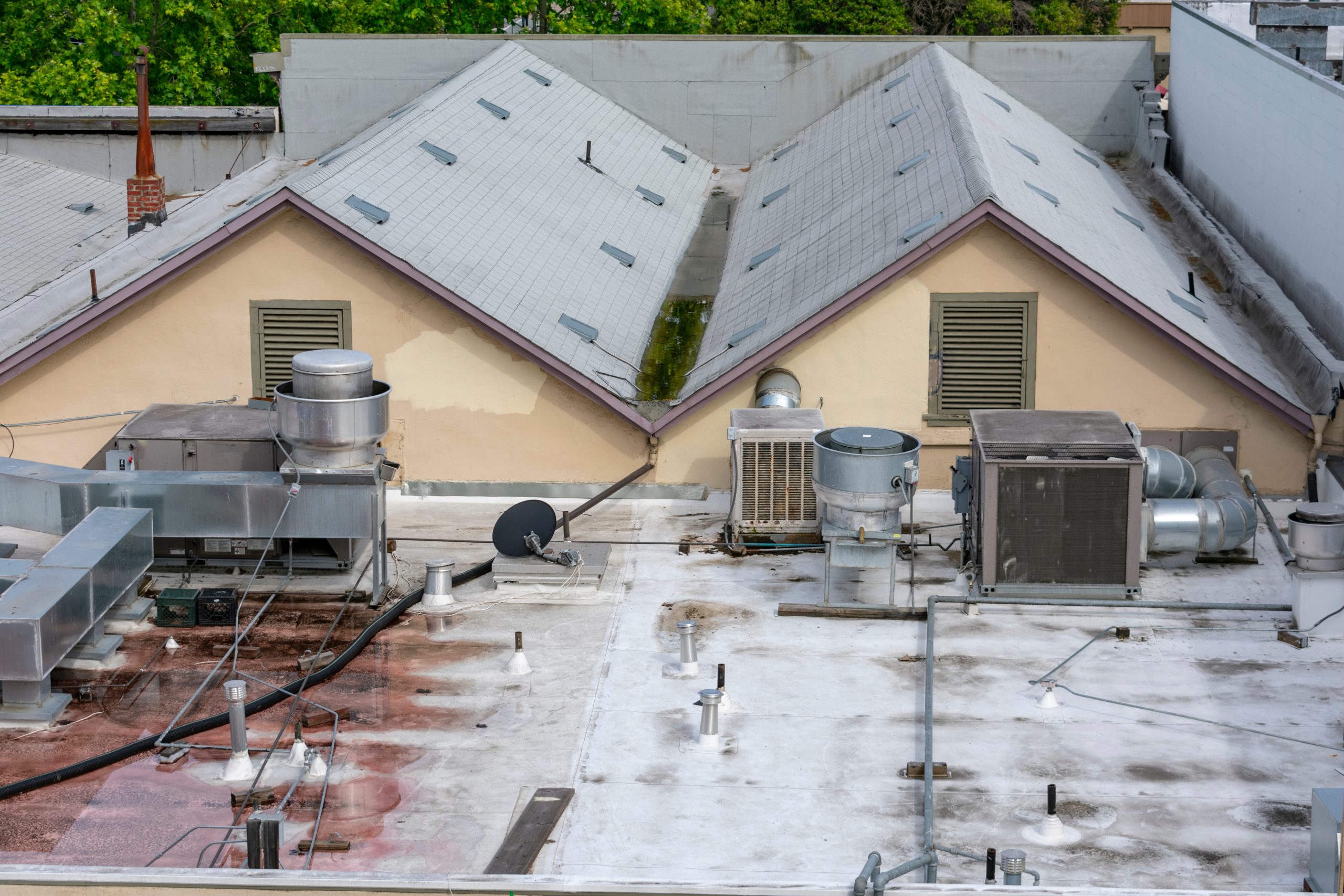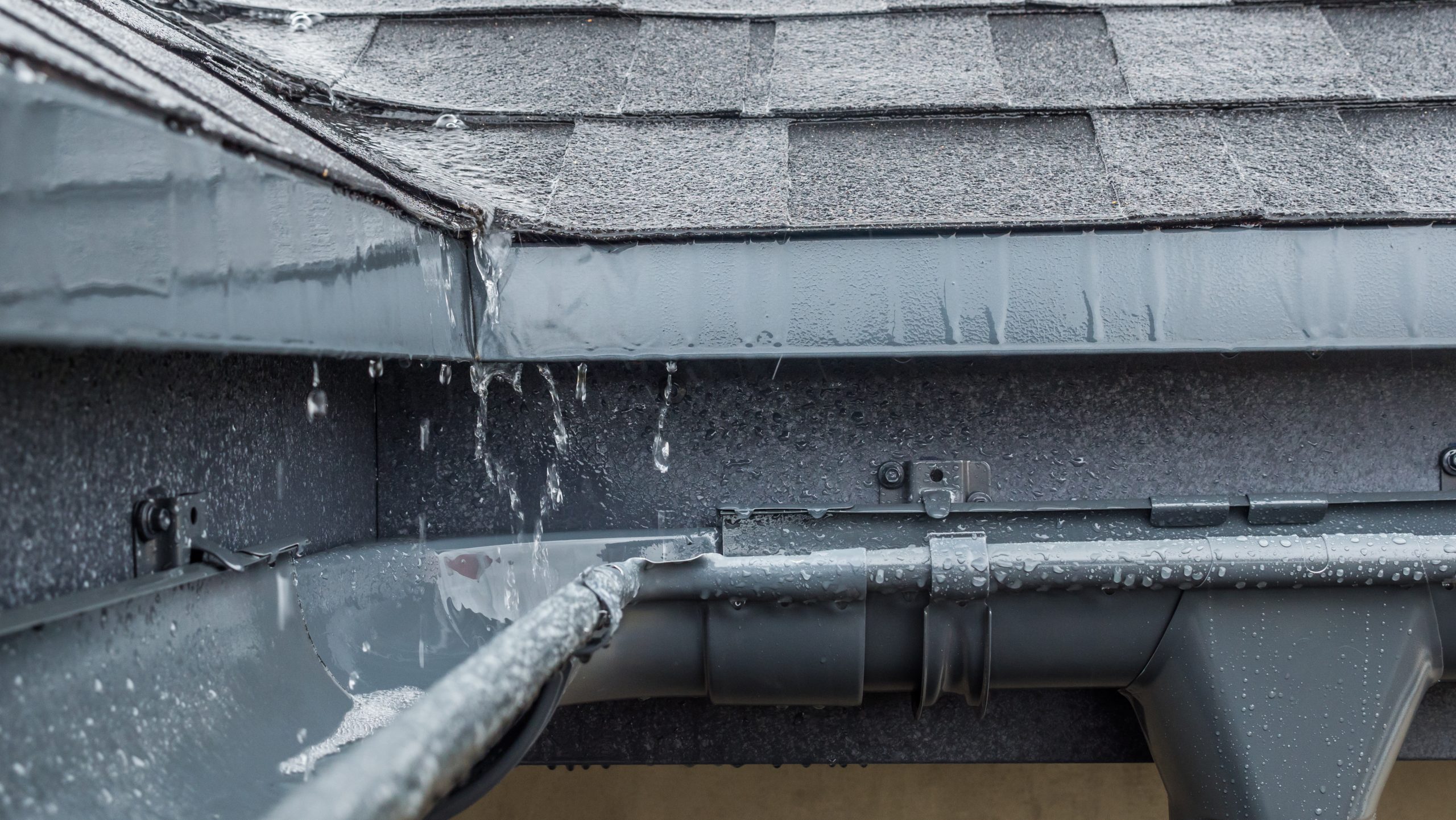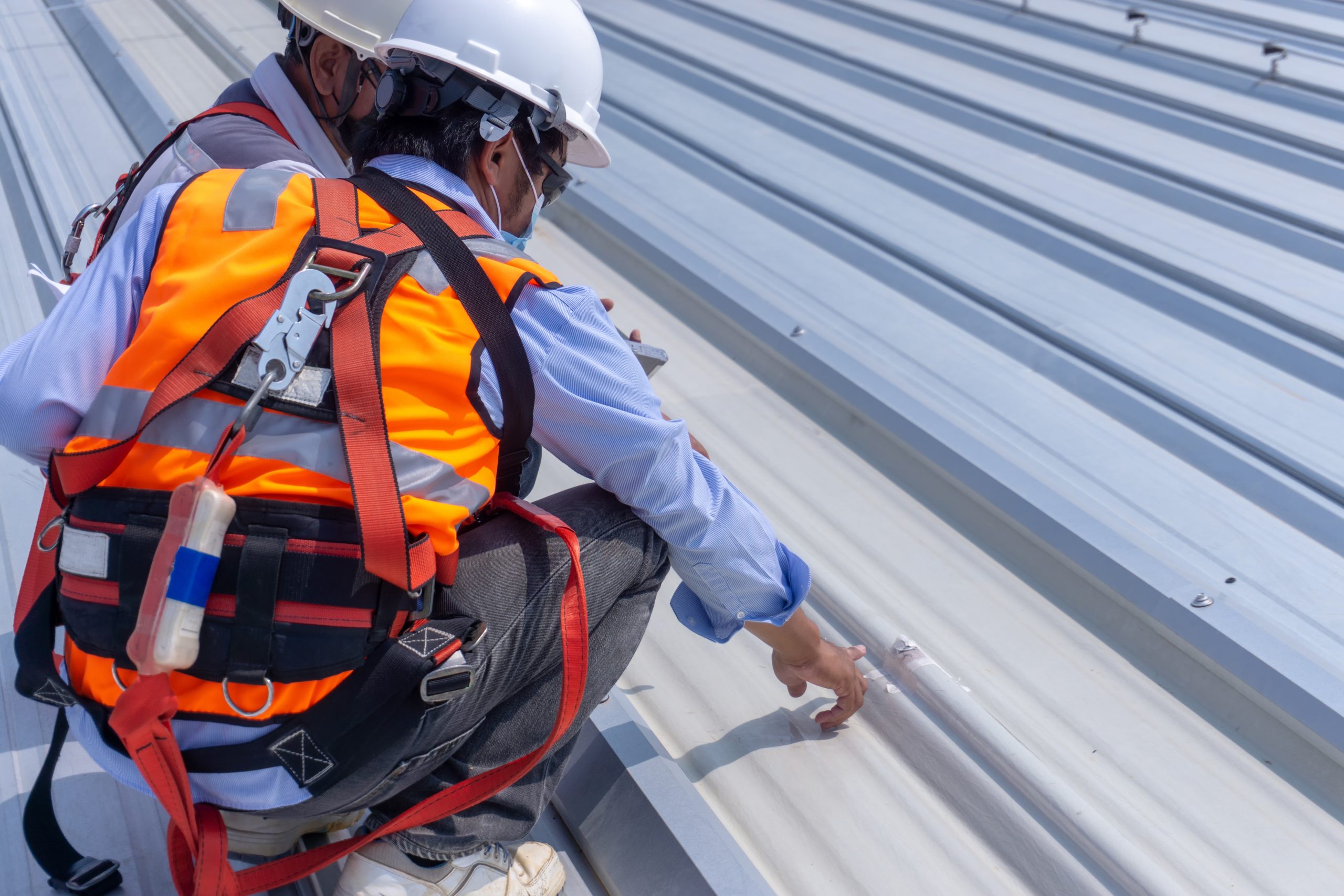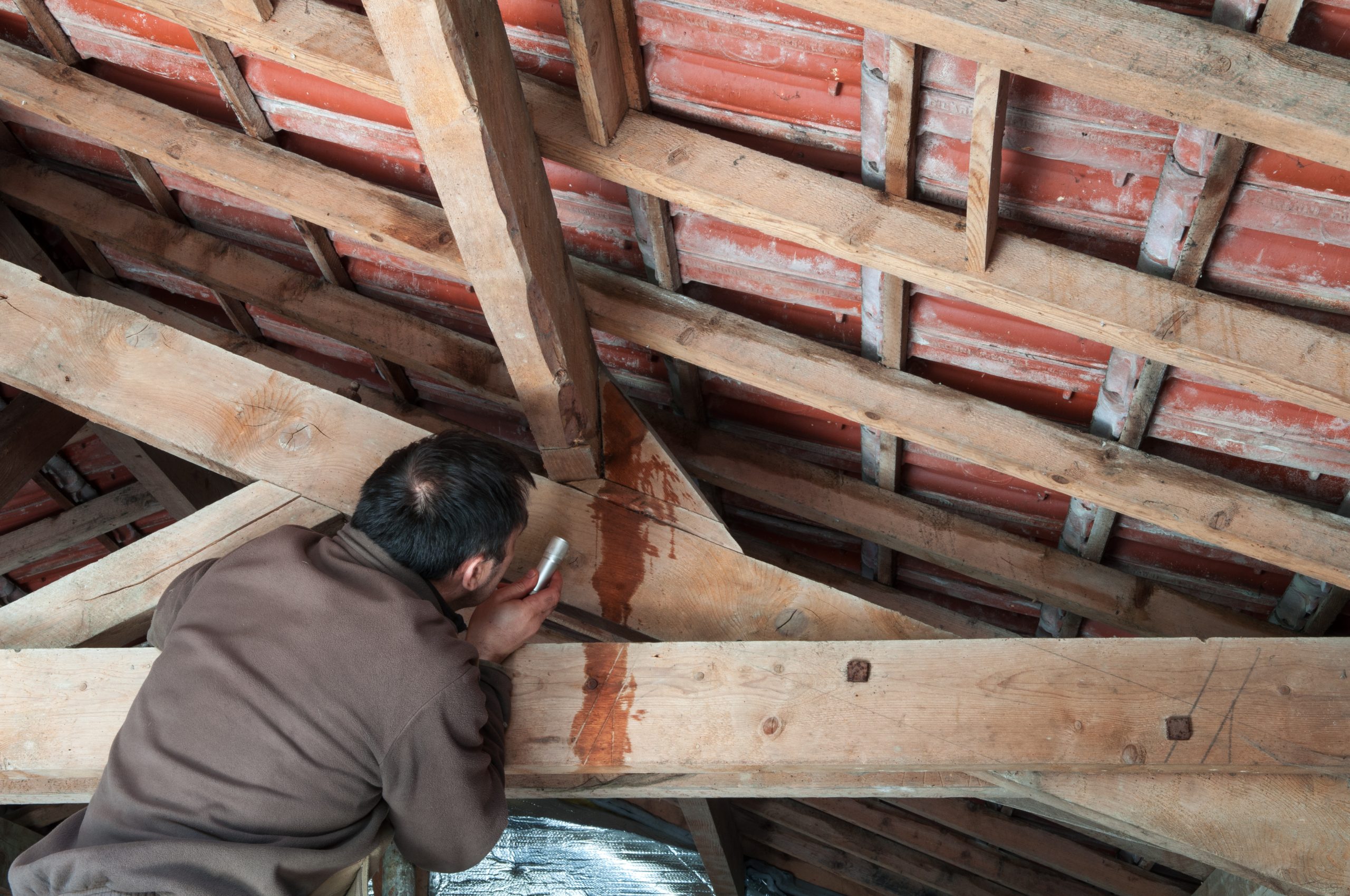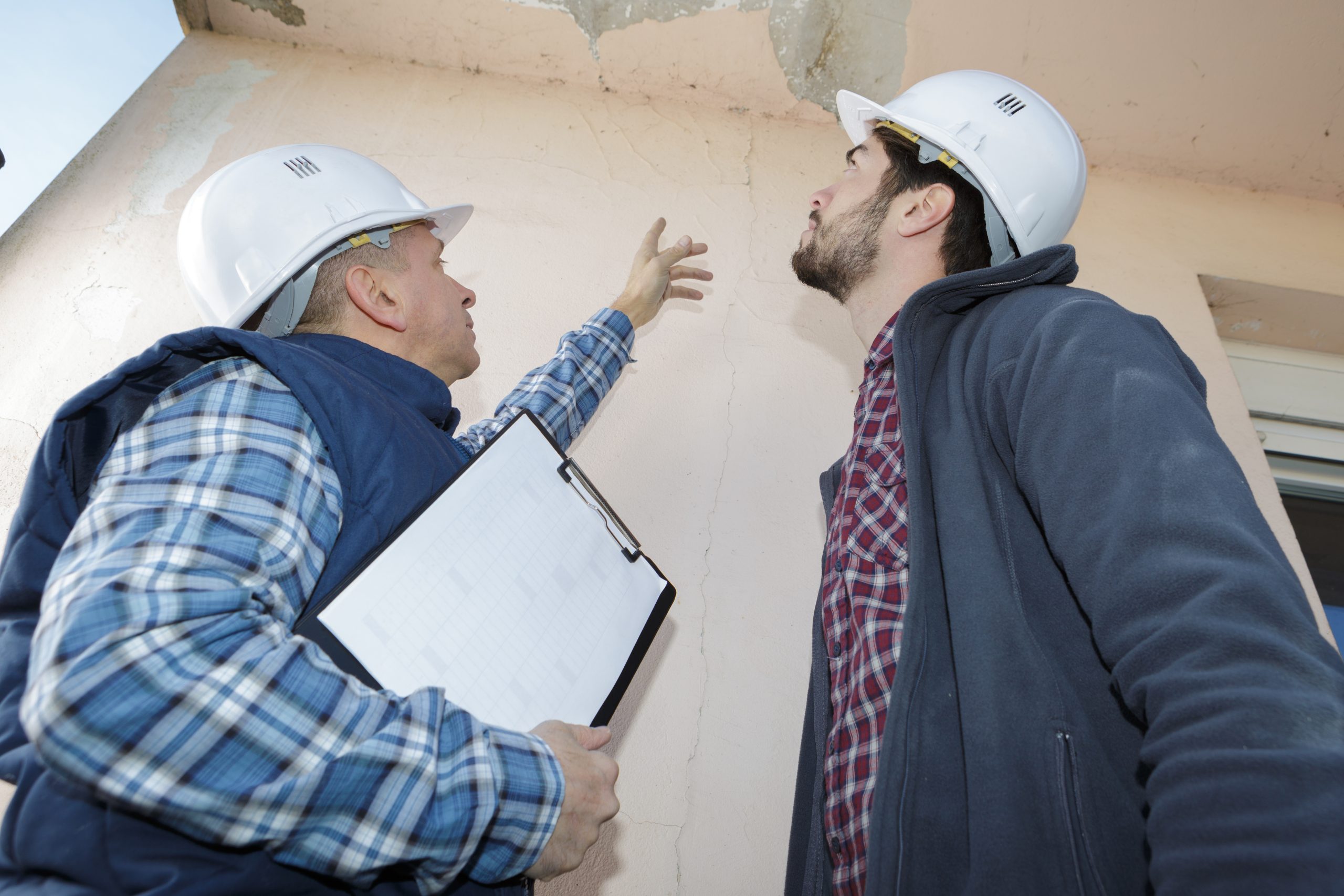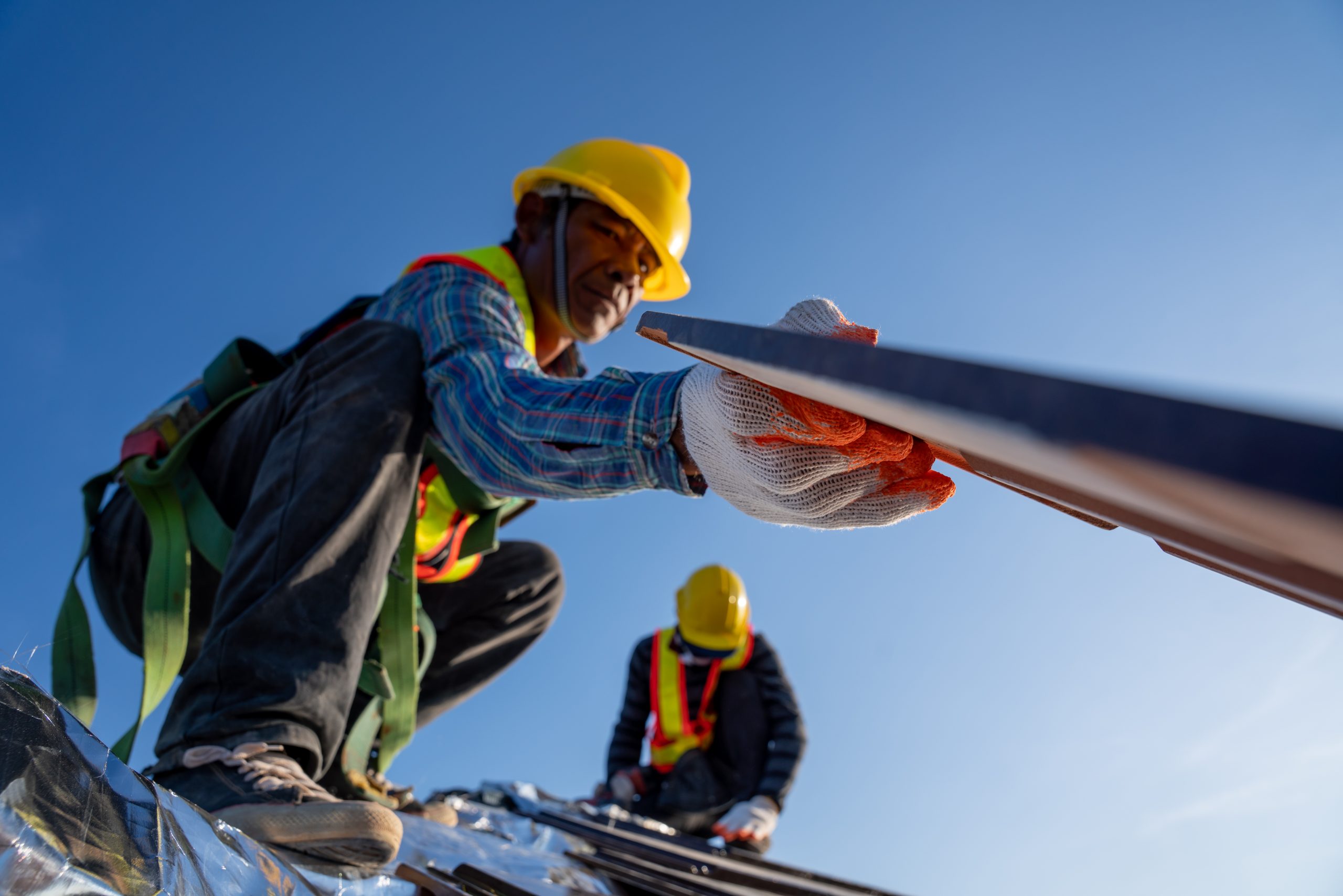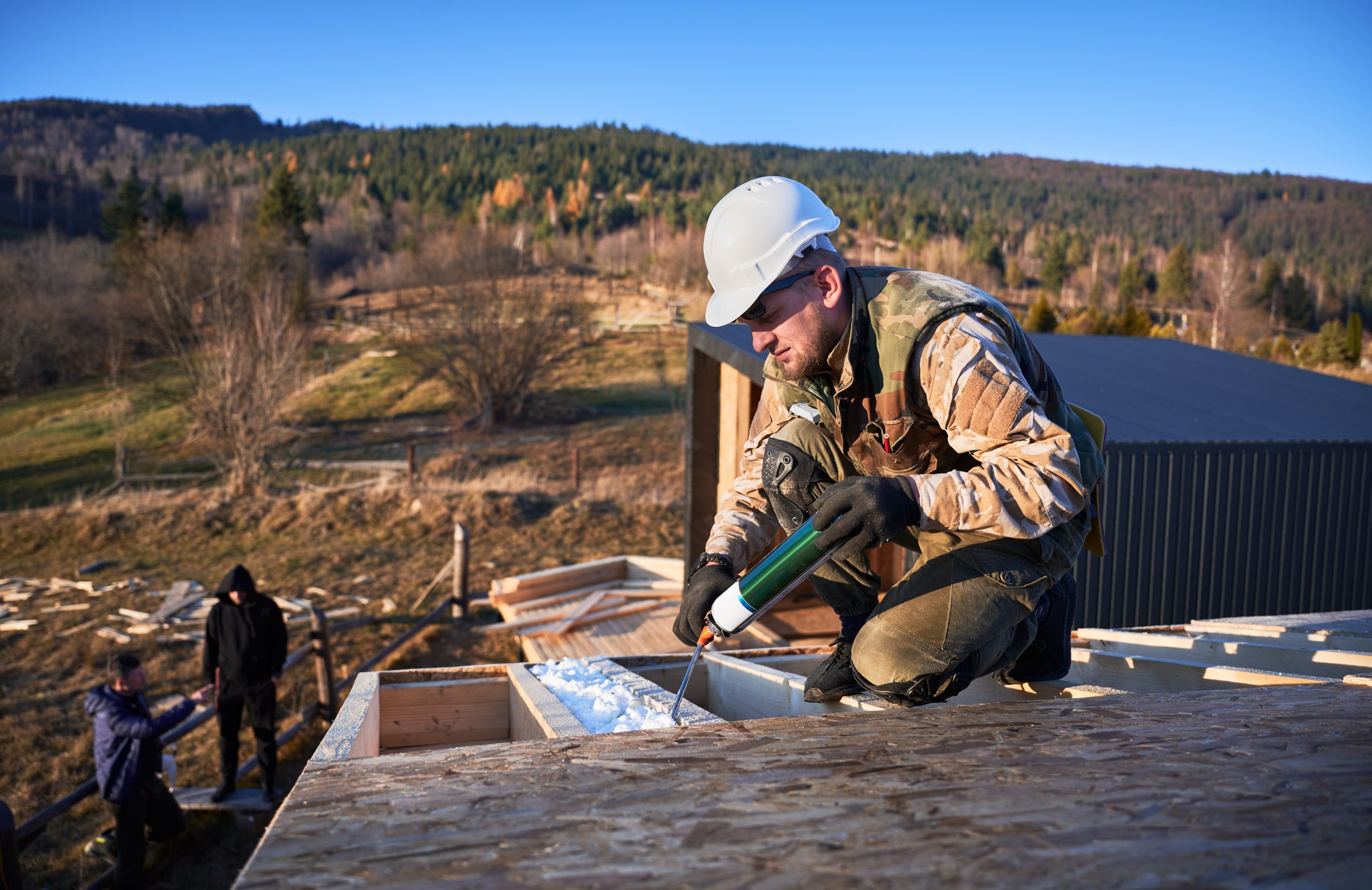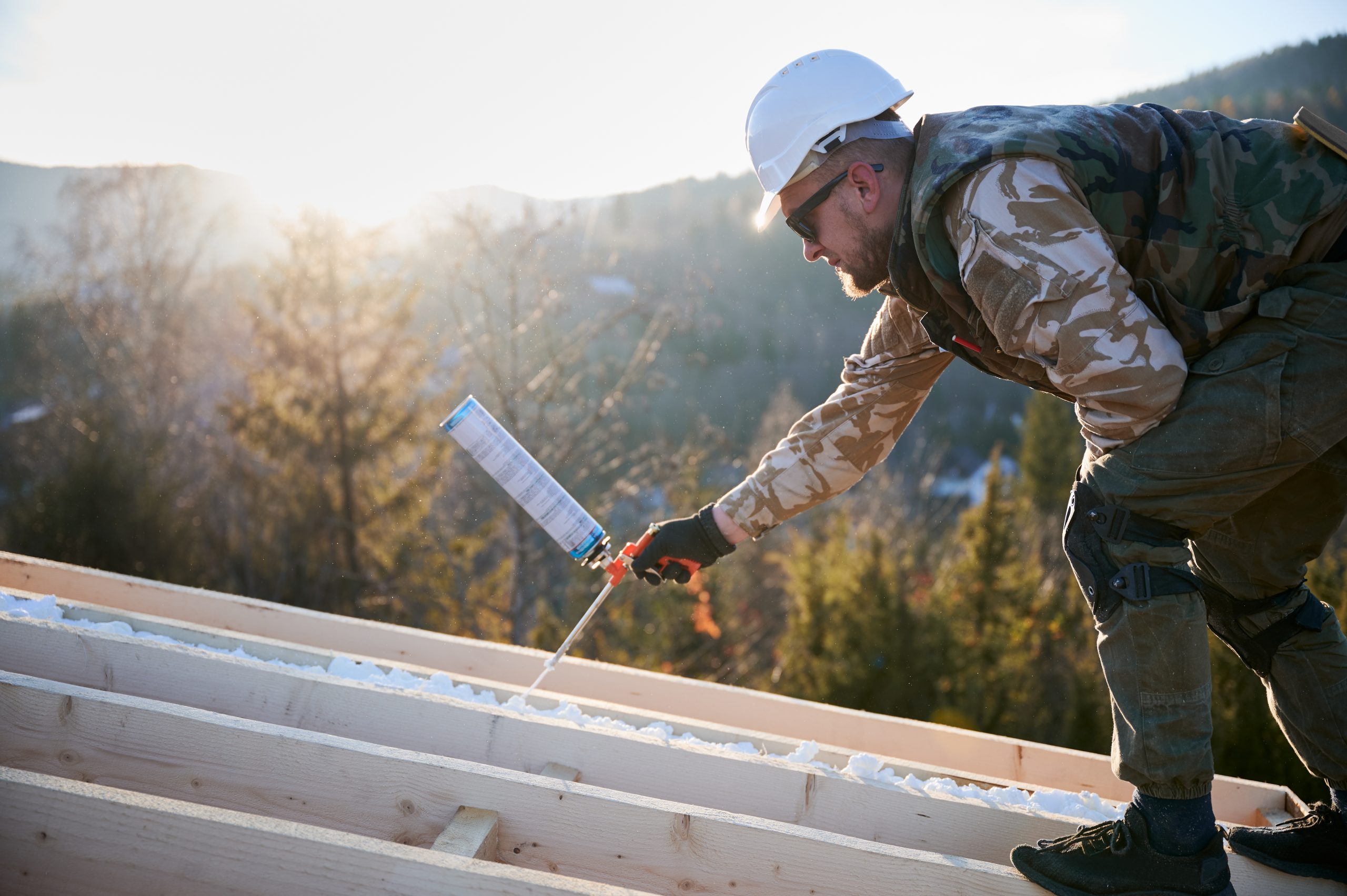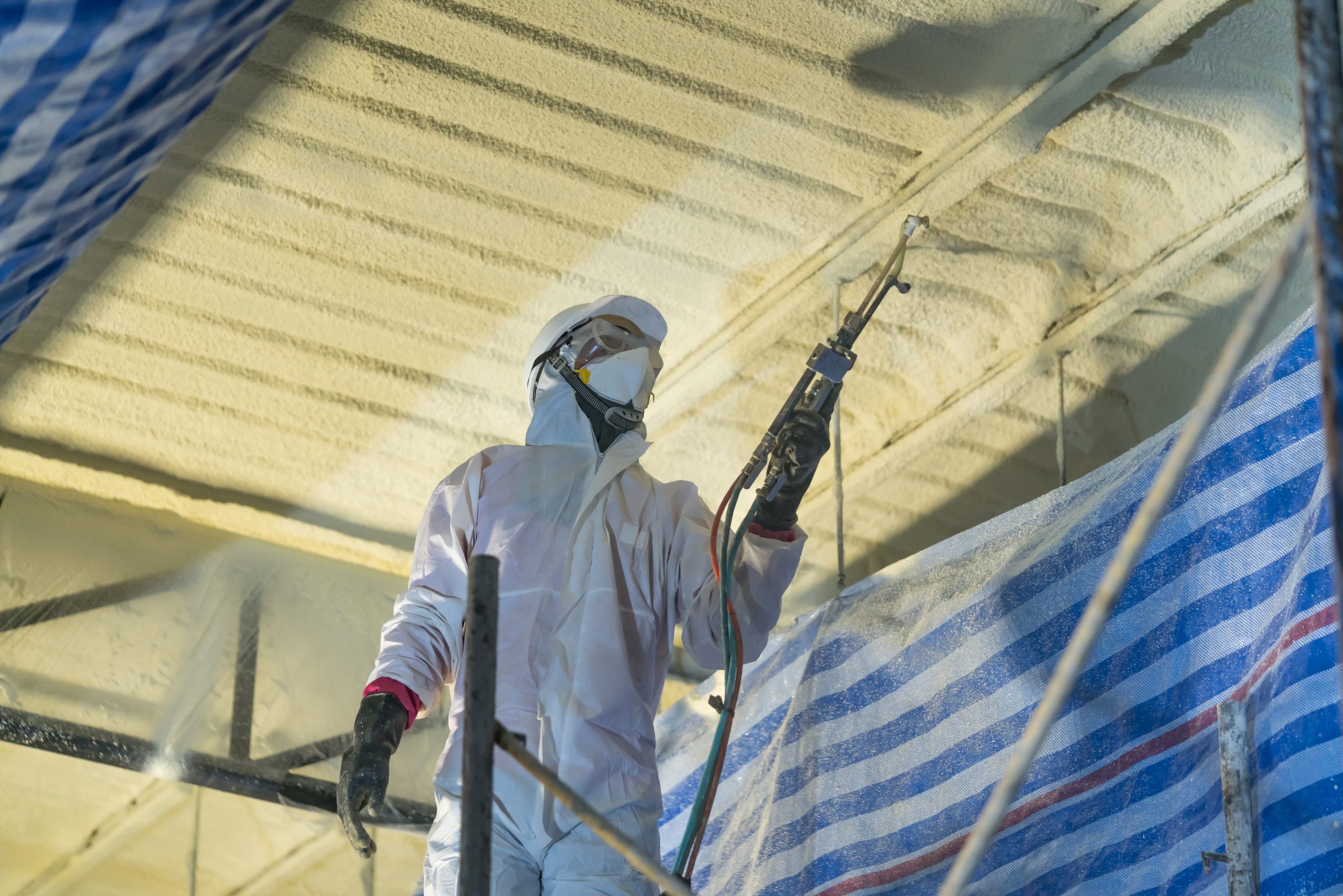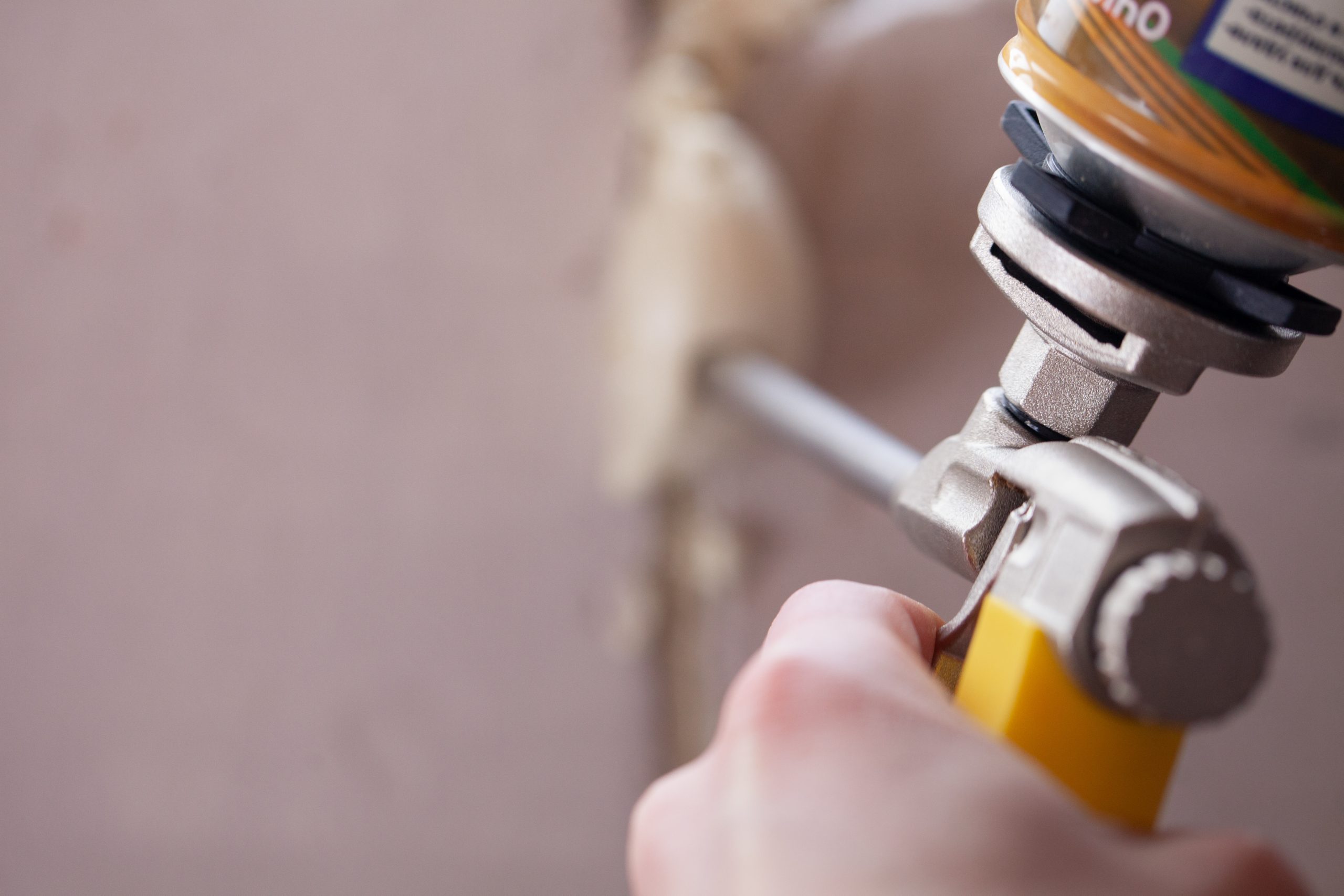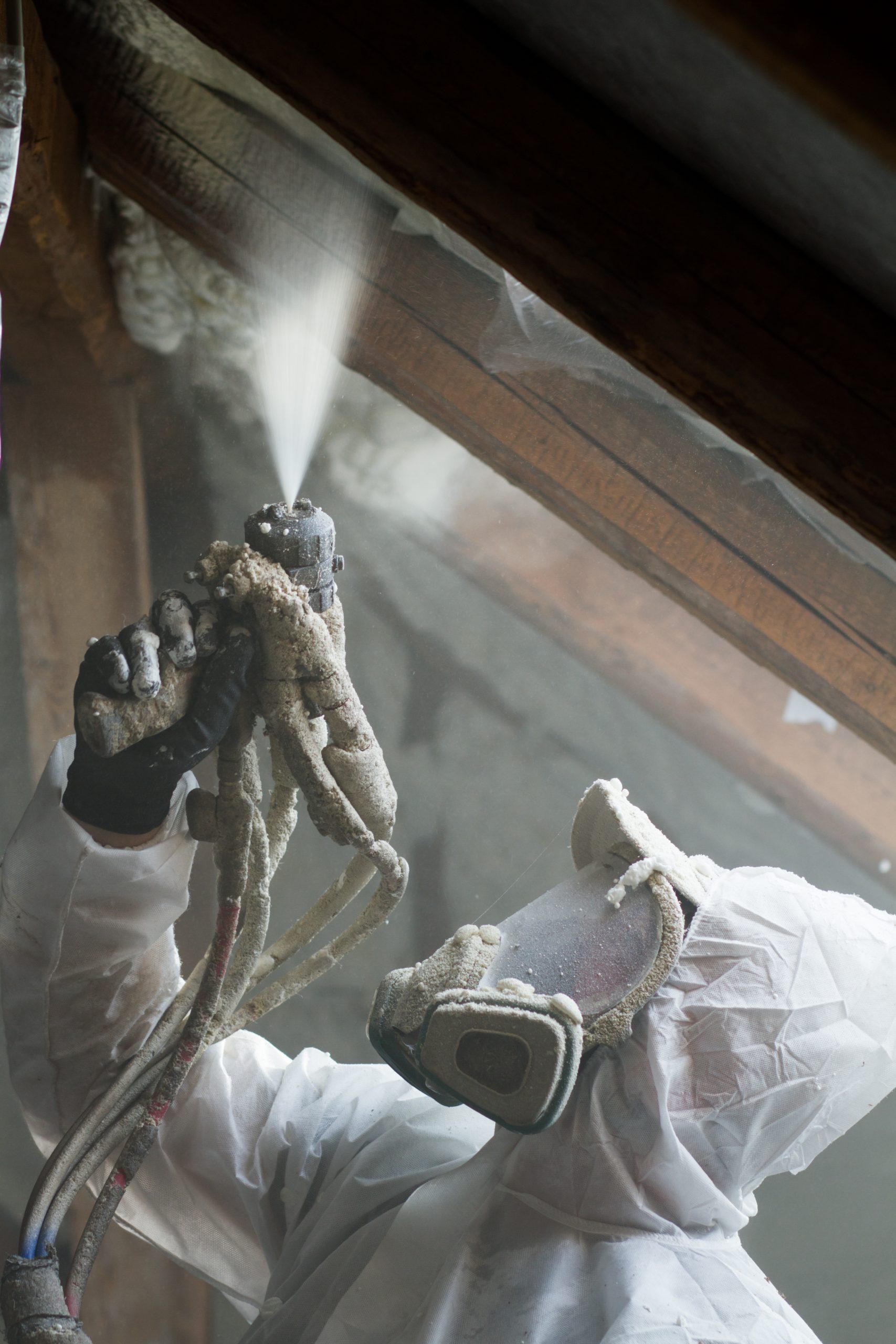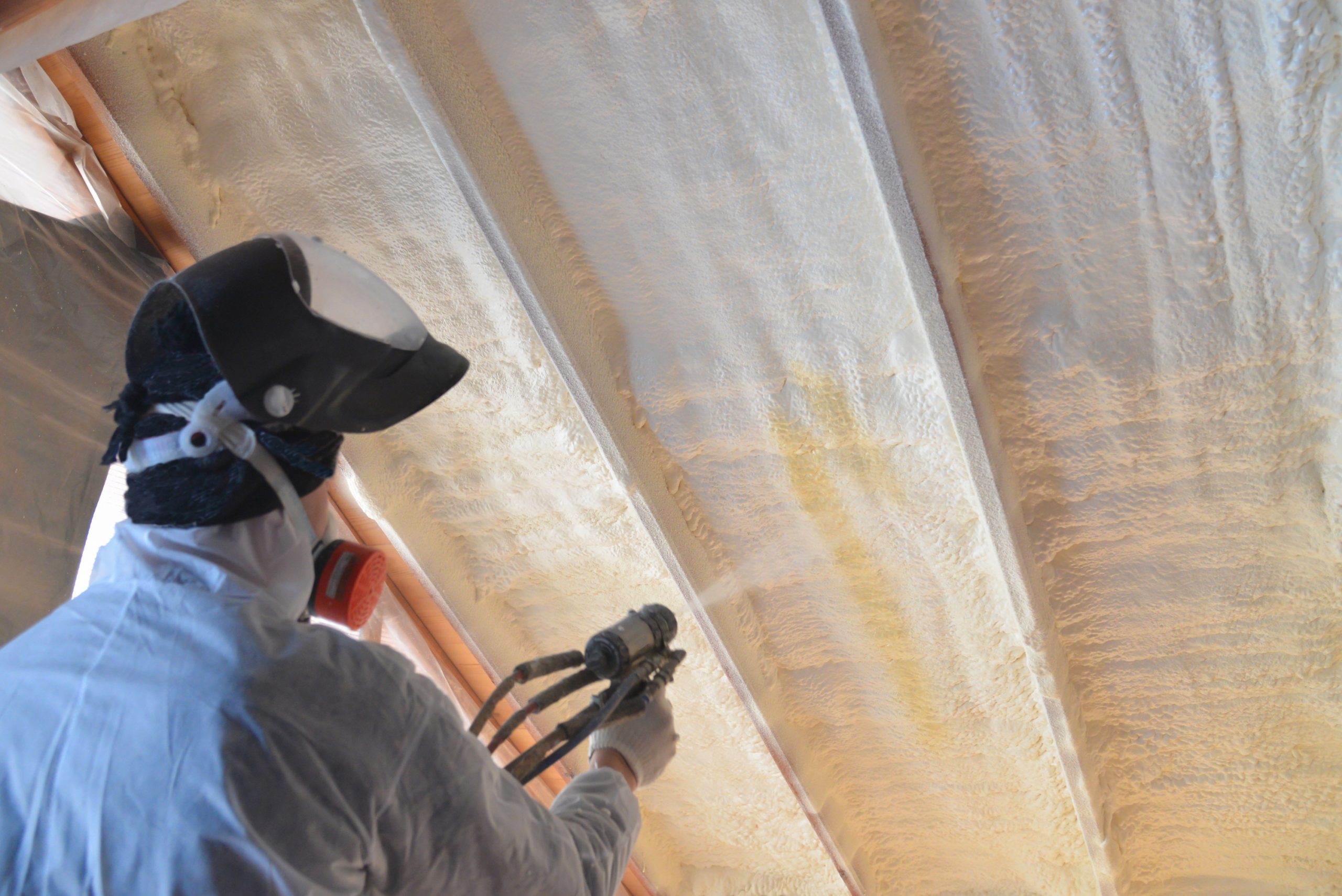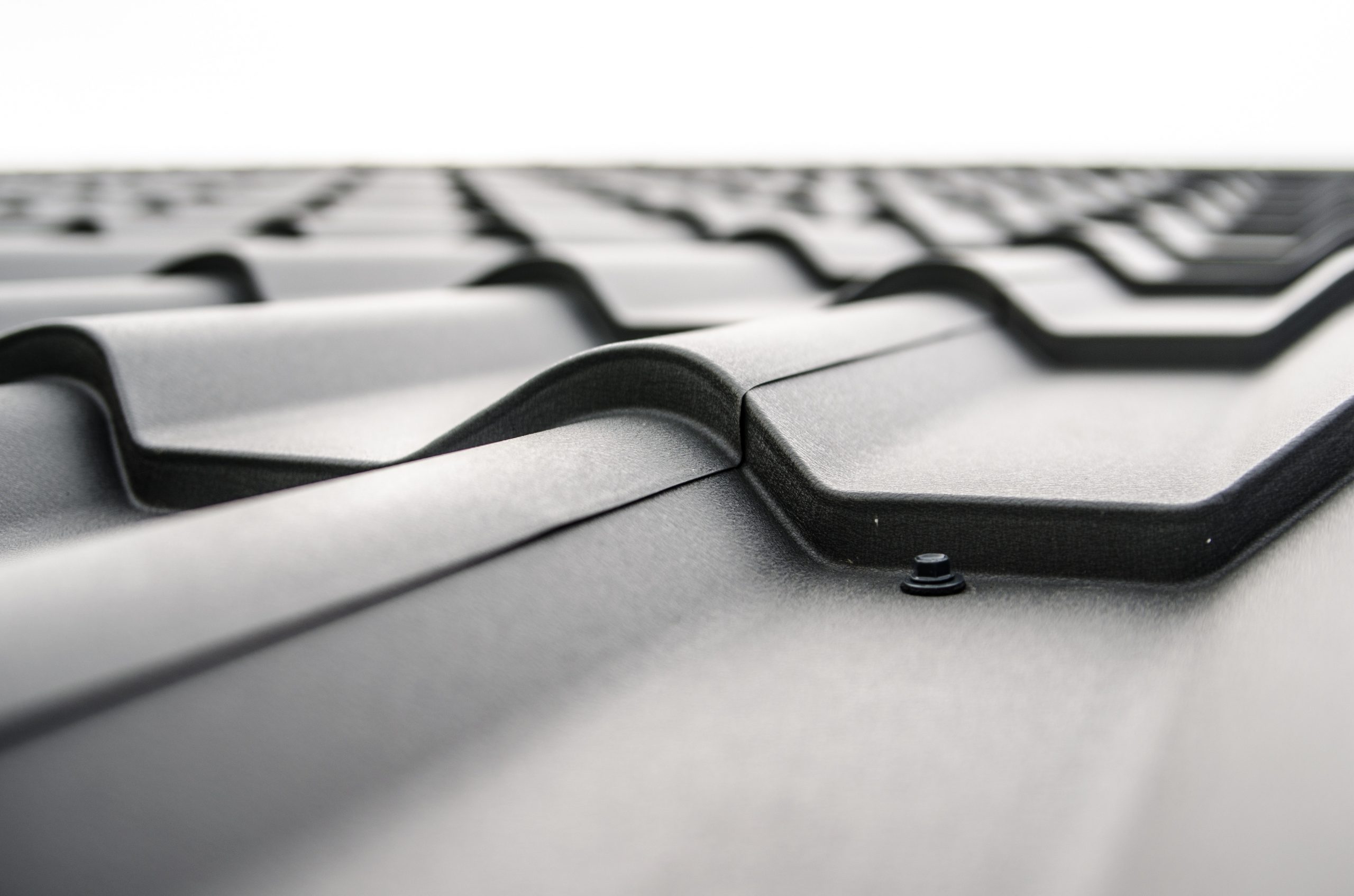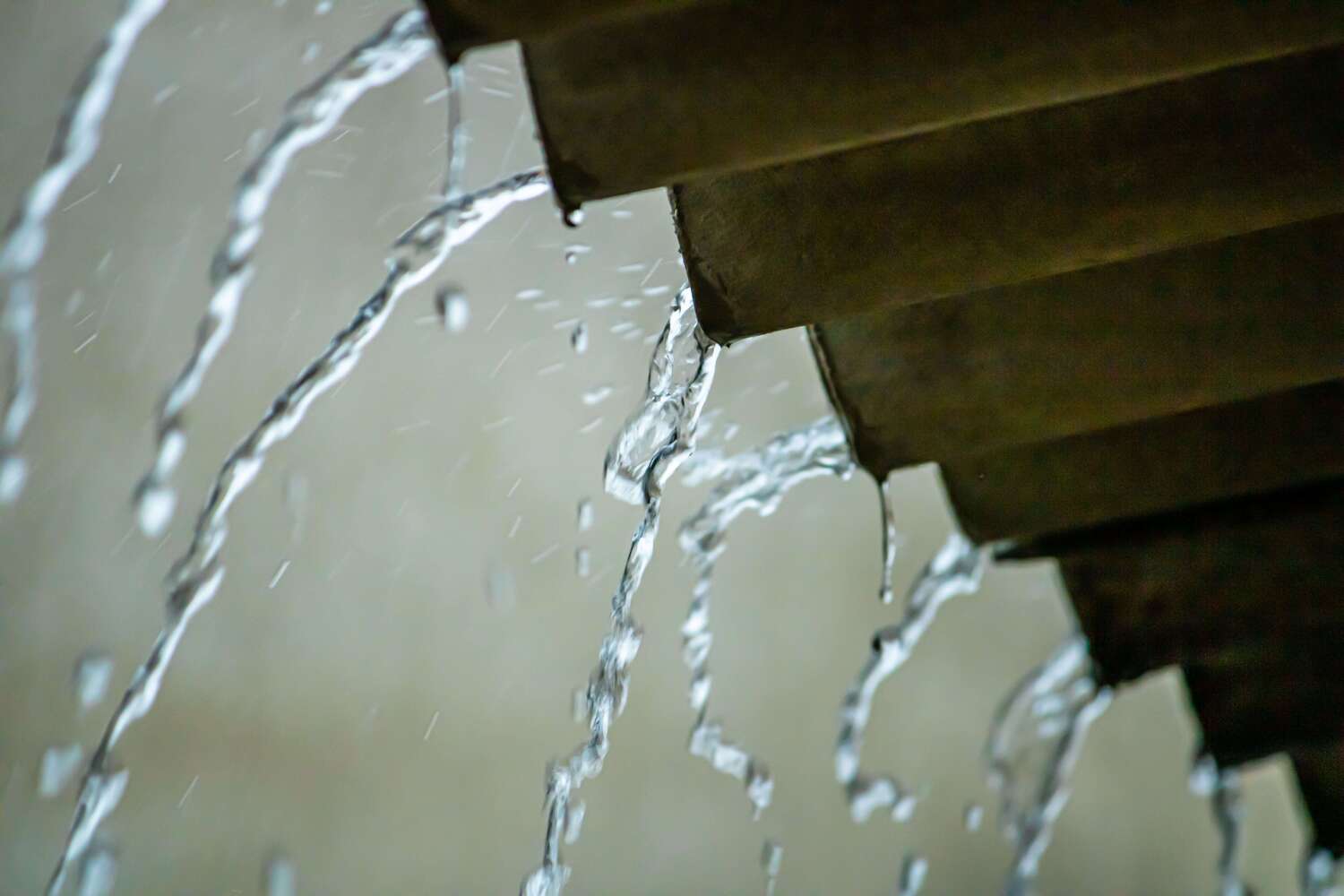
The Popularity of Flat Roofs in Commercial Real Estate

Commercial real estate owners often favor flat roofs for their properties, and there are myriad reasons for this popular choice. The cost-effectiveness, versatility, and relatively simple maintenance of flat roofs make them a highly desirable option. However, one key advantage of flat roofs that is frequently underestimated is their exceptional capability to manage rainwater effectively.
The Importance of Rainwater Management
Why is rainwater management so crucial for commercial buildings? The importance lies in the potential damage that mistreated rainwater can inflict on structures. Over time, the buildup of rainwater can trigger significant structural harm. Additionally, the interior of a building also becomes susceptible to water damage or flooding. The design of flat roofs, however, can help mitigate these risks.
The Subtle Pitch of Flat Roofs
Contrary to what their name suggests, flat roofs are not entirely level. They are structured with a subtle pitch to aid water drainage. Specifically, flat roofs boast a minimum ‘fall’ or slope of 1:40. This implies that for every 40 “units” of horizontal distance, there’s a 1-unit decrease in vertical height. This carefully calculated gradient is designed to prohibit water stagnation and promote efficient runoff.
The Role of Drainage Systems
Drainage systems are an essential element of flat roofs. These systems can be categorized as either internal or external. Internal drainage systems feature drains positioned at strategic points on the roof, facilitating the flow of water into the building’s main drainage system. External systems, on the other hand, direct water off the sides of the roof. Regardless of the type of drainage system in place, an efficient one will promptly and effectively remove rainwater from the roof, thus preventing potential water damage.

Rainwater Harvesting with Flat Roofs
Flat roofs also offer the chance for rainwater harvesting, a feature that grows increasingly valuable as concerns for water conservation and sustainability heighten. The expansive surface area of flat roofs allows for optimal rainwater collection. This collected water can then be filtered and utilized for a variety of non-potable needs such as irrigating plants, flushing toilets, or cleaning cars and windows, thereby reducing the building’s overall water usage.
The Maintenance of Roofing Materials
In addition, the maintenance of the roofing material used is another vital element in rainwater management. Flat roofs commonly incorporate materials such as PVC, EPDM, and TPO due to their impressive resistance to water and durability under extreme weather conditions. Regular monitoring and maintenance of these materials can help ensure the roof’s longevity and continued efficiency in rainwater management.
Conclusion: The Significant Role of Flat Roofs
To summarize, flat roofs are instrumental in efficient rainwater management. They safeguard the building from potential water damage, facilitate the conservation of water resources, and contribute positively to the building’s overall sustainability. As we grapple with the realities of climate change and the looming threat of water scarcity, the role of flat roofs in rainwater management becomes ever more vital. This role should be a major consideration in the choice and design of commercial roofing systems.

